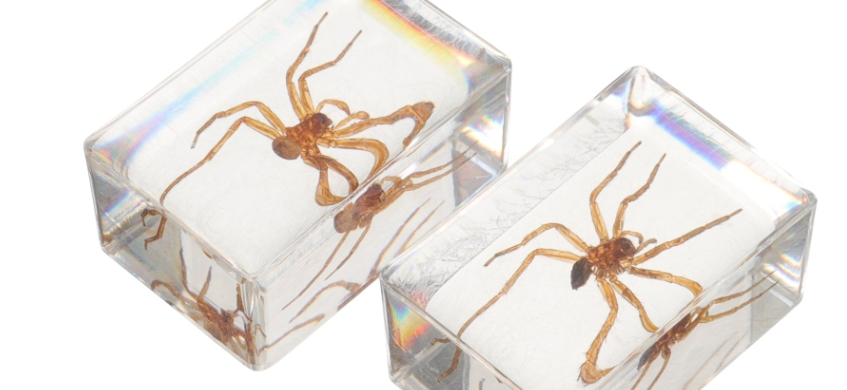Spider specimens are important materials in biological research and education to help us better understand the structure, habits and ecological roles of spiders. Spiders belong to the class arachnids and are small invertebrates with unique forms and functions. They are found in a wide variety of environments, from forests and grasslands to cities, and even in waters.
Taxidermy spiders usually go through several steps: First, the spider is caught and placed in a closed container to keep it fresh. It is then treated with a fixative such as formalin or ethanol to preserve its shape and color. After the specimen is made, it is dried and fixed to the base plate and labeled for easy classification, identification and study.
Spider specimens are not only the basis of scientific research, but also an important tool for education and public awareness. By looking at specimens, we can not only learn about the anatomy of spiders, but also learn about their importance to the ecosystem, including hunting pests and maintaining ecological balance. In addition, specimens stimulate curiosity about the mysteries of the natural world and are an integral part of the exploration of biodiversity.




